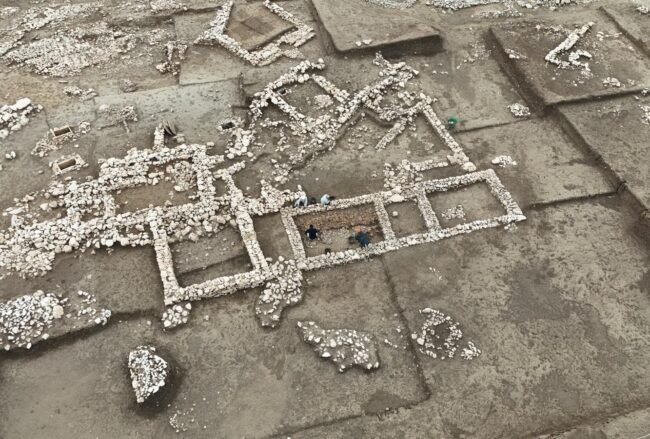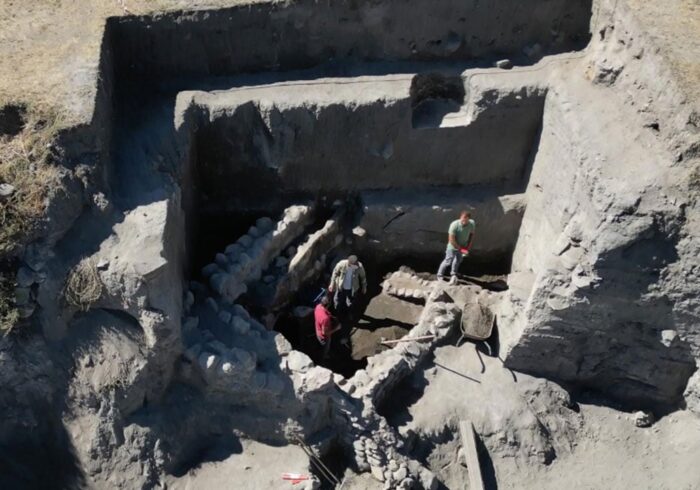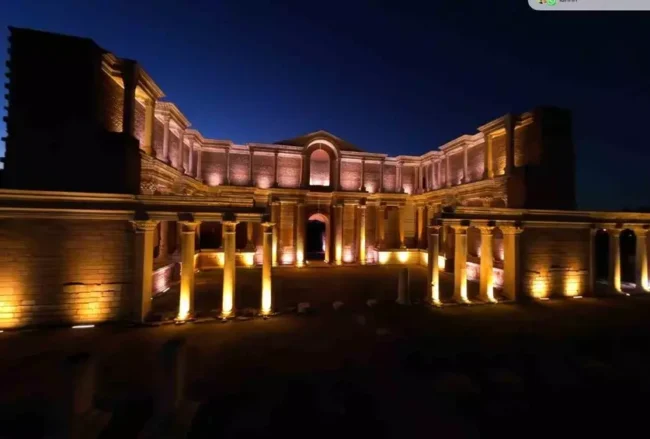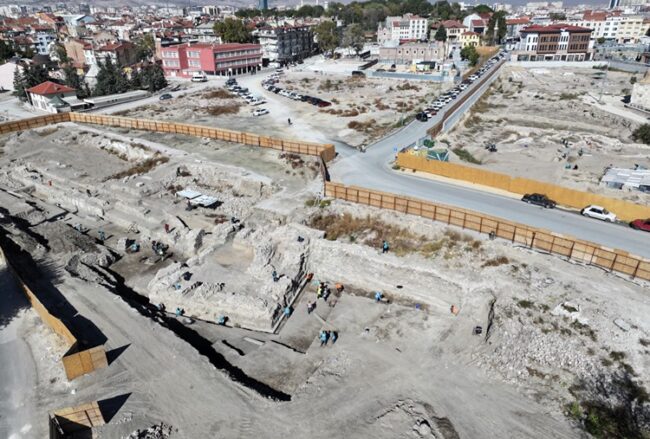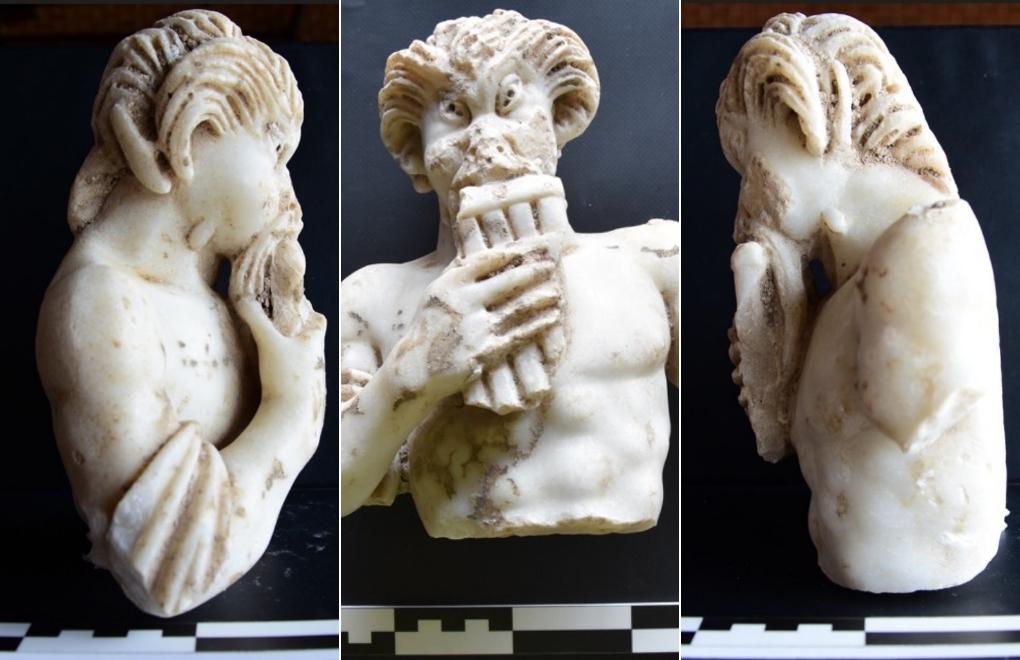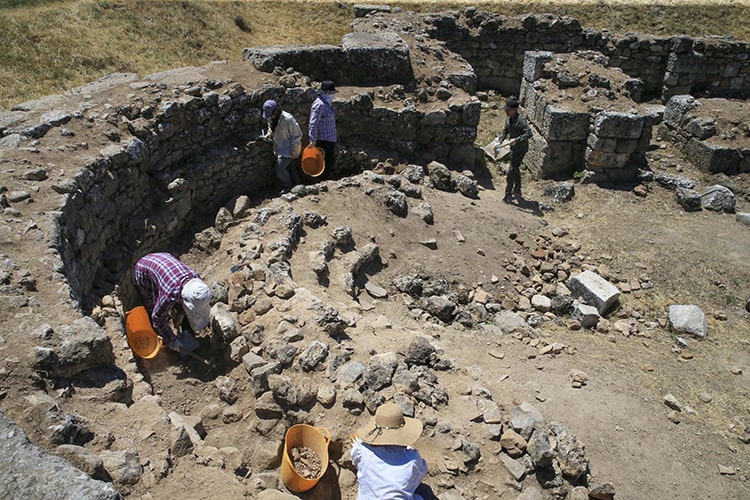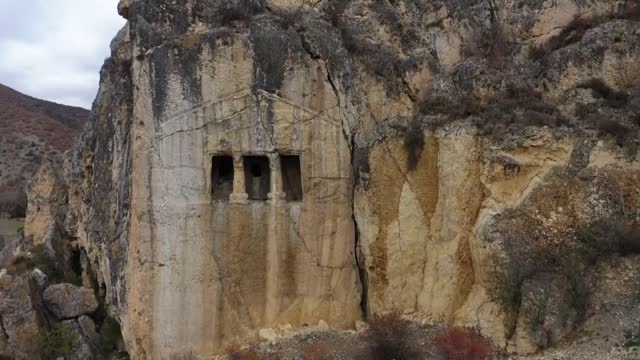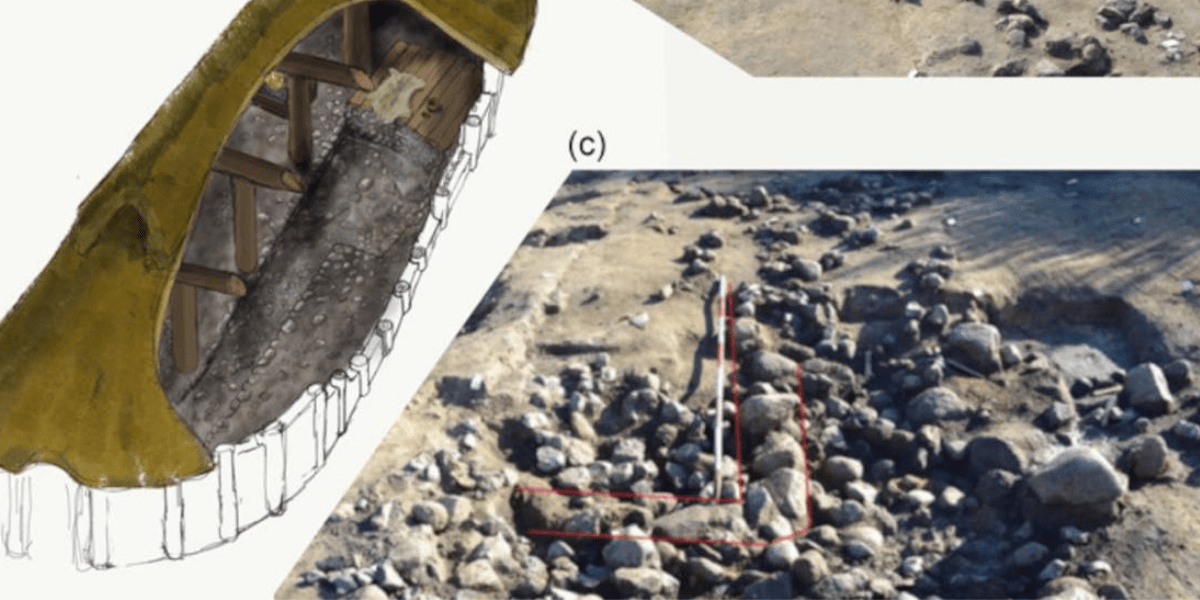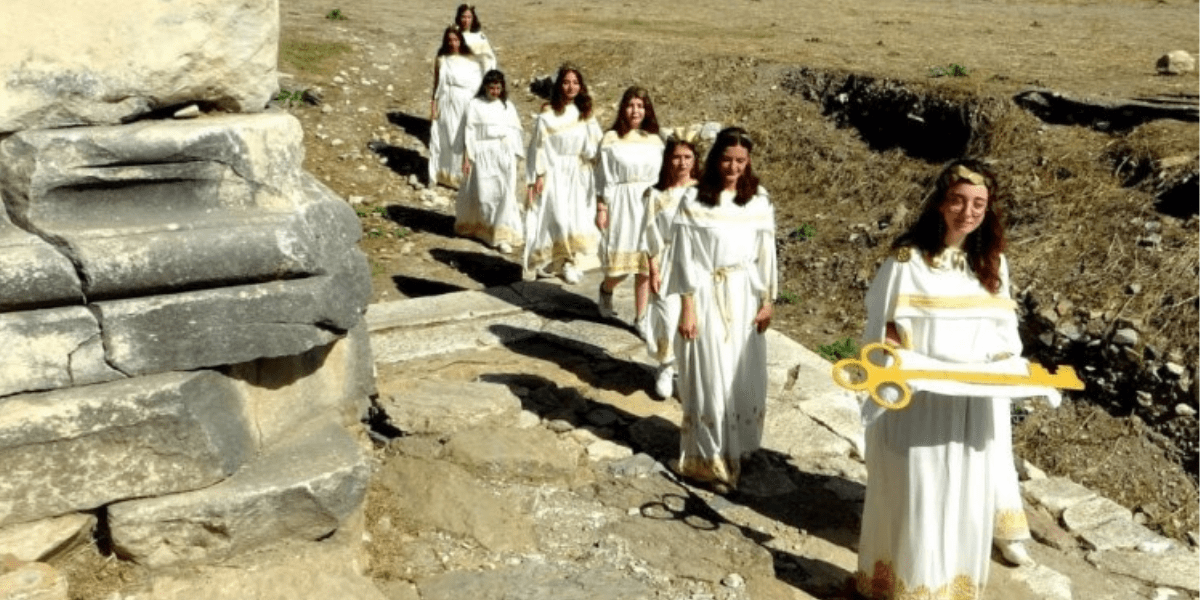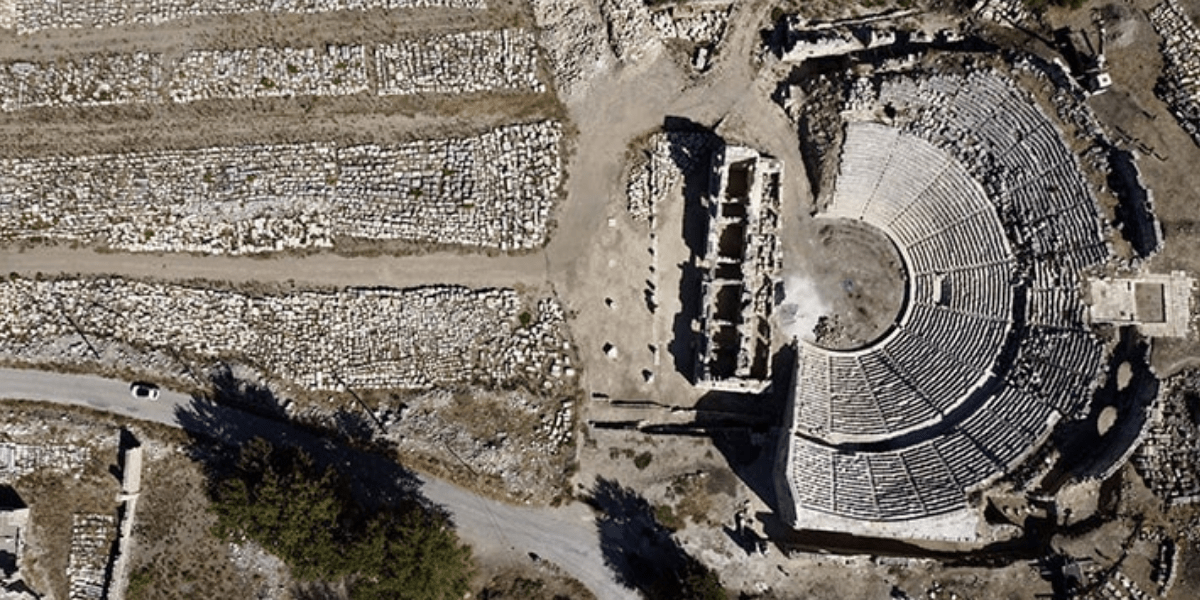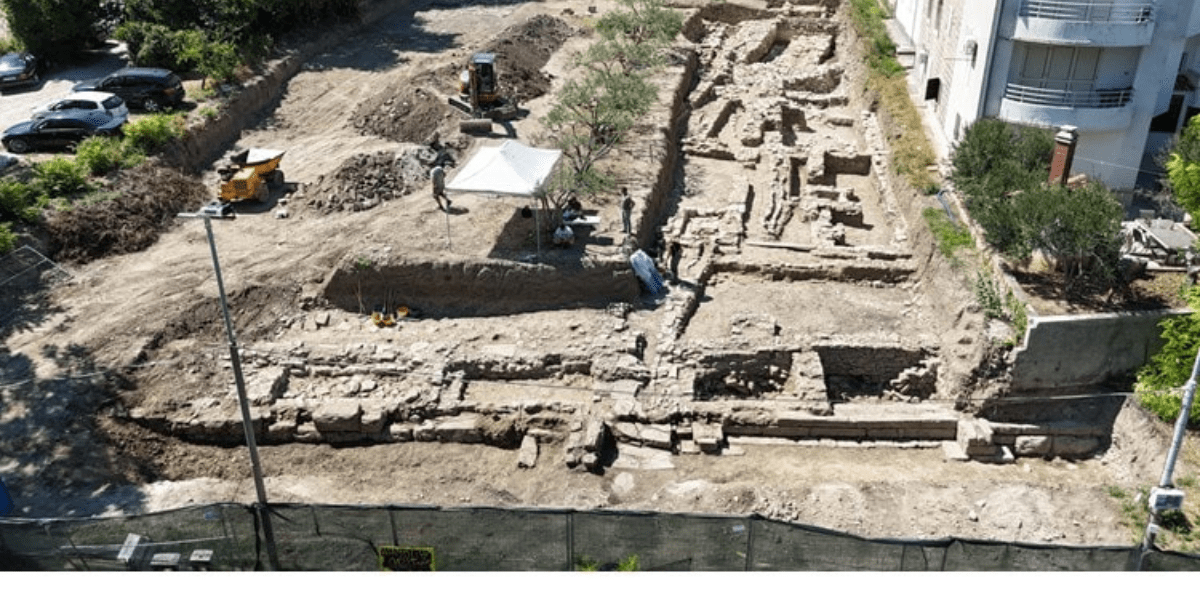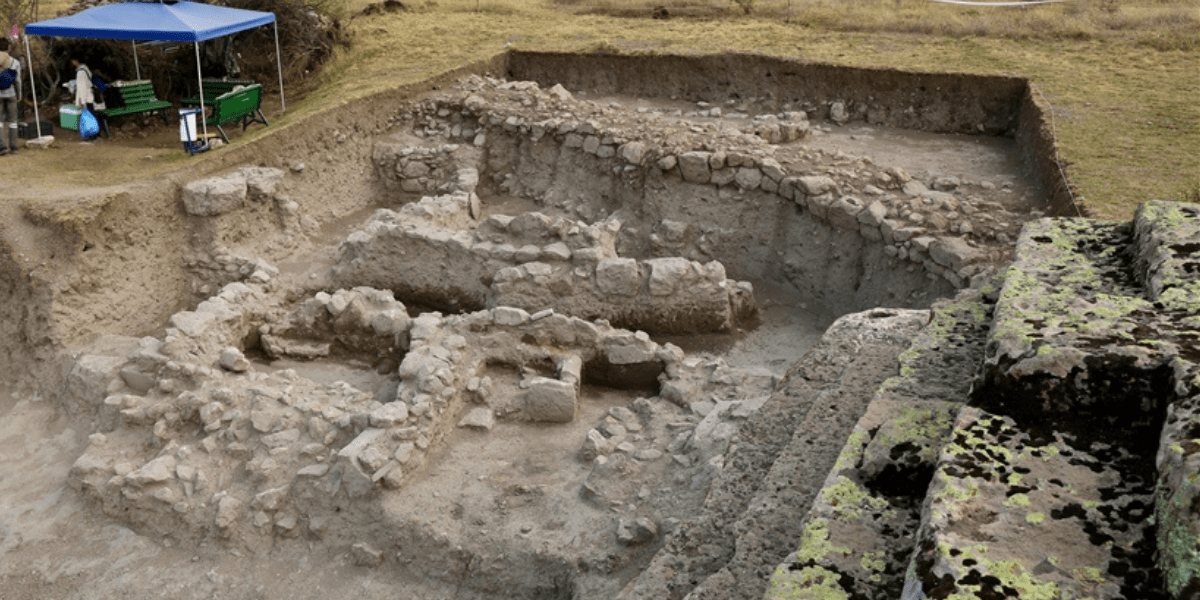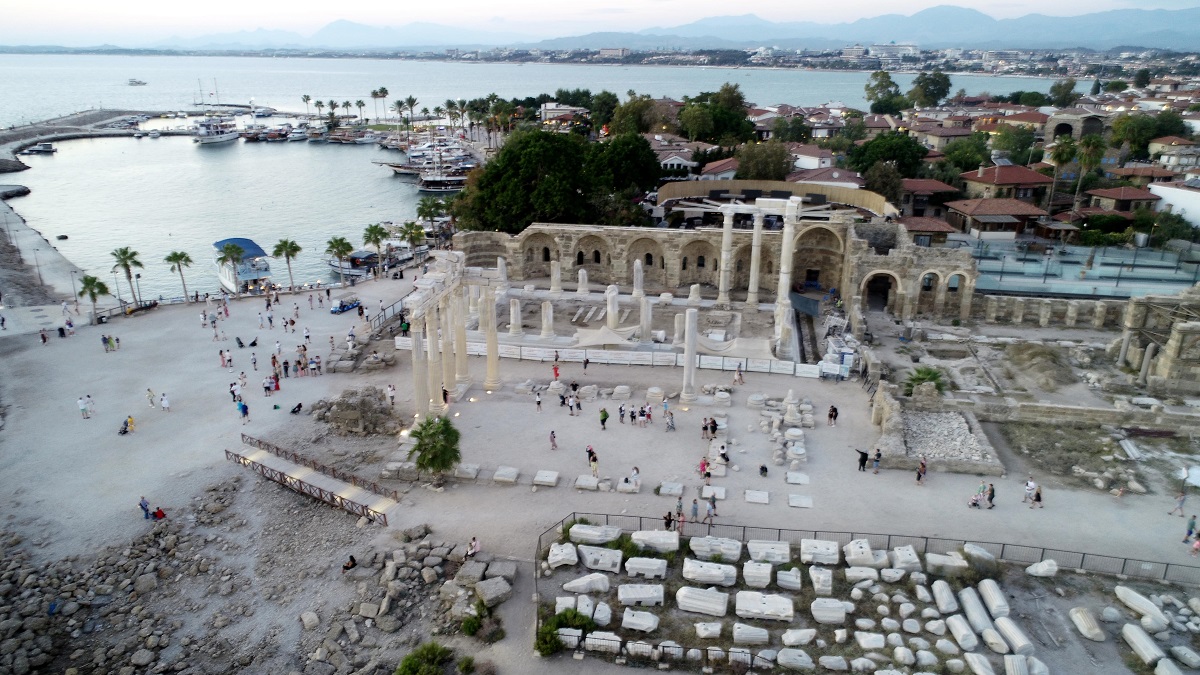Anatolian News . Eastern Anatolia
Architectural Traces Predating the Karaz Culture Unearthed in Eastern Anatolia’s Değirmenler Mound
Archaeologists in eastern Türkiye have uncovered architectural remains predating the Karaz (Early Bronze Age) culture during ongoing rescue excavations at Değirmenler Mound in Erzurum’s Yakutiye district. The discovery—revealing structures, hearths, ovens, and domestic layers dating back more than 6,000 years—suggests that settled life in the region began earlier than previously believed. The excavation, conducted under


